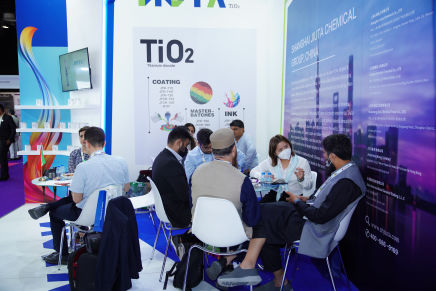
JIUTA PARTICIPATES IN MIDDLE EAST COATING SHOW IN OCTOBER 2021 AND JUNE 2022
The Coating show was held at Dubai World Trade Center.

ILMENITE PRICE IN AN UPWARD TREND
The price of Ilmenite, The major raw material used for the production of TiO2 have increased by 53% by december on y-o-y basis. It have significant impact on the price of TiO2.

JIUTA SENDS MASKS TO THE NEEDY CUSTOMERS IN THE EUROPEAN, AFRICAN AND MIDDLE EAST COUNTRIES AT THE EVENT OF COVID-19. Please contact with us if you are in need.
We are the waves of the same sea, Leaves of the same tree, and Flowers of the same garden.
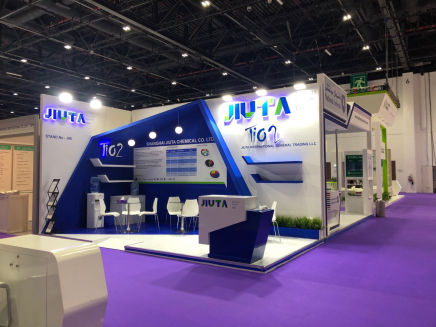
JIUTA WILL PARTICIPATE IN THE MIDDLE EAST COATING SHOW, 2020. The show has been postponed
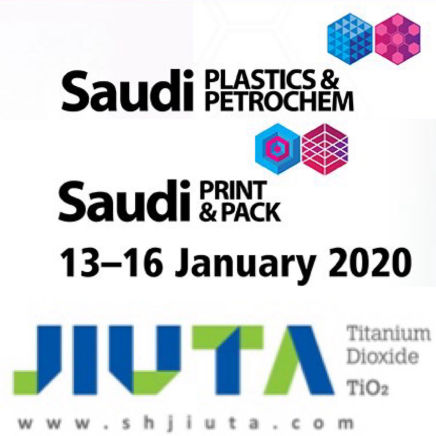
JIUTA PARTICIPATED IN SAUDI PLASTICS AND PETROCHEM EXHIBITION. Held at Riyad Convention Center, Riyad, Kingdom of Saudi Arabia
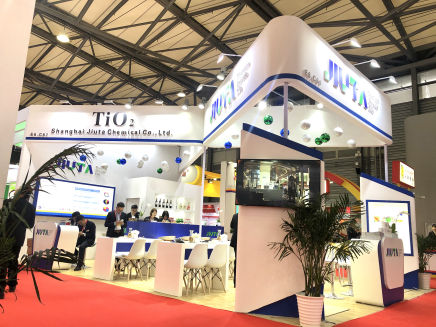
JIUTA PARTICIPATED IN CHINACOAT 2019. Held at Shanghai International Exhibition Center, China

JIUTA PARTICIPATED IN MIDDLE EAST COATING SHOW 2019. Held at World Trade Center, Dubai, United Arab Emirates.
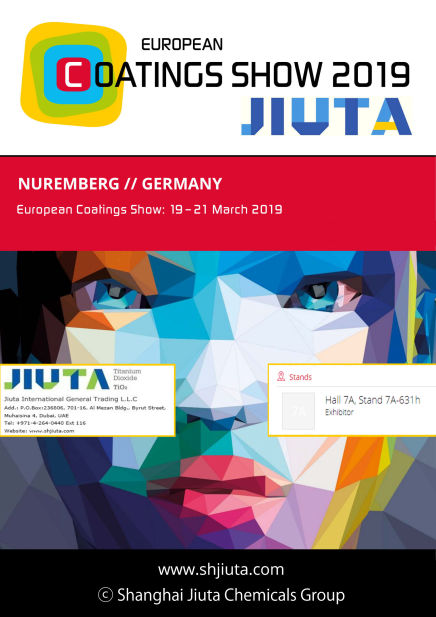
JIUTA PARTICIPATED IN EUROPEAN COATING SHOW 2019. Held at Nuremberg, Germany
Titanium Dioxide for Paints | Titanium Dioxide for Coatings | Titanium Dioxide for Inks | Titanium Dioxide for Masterbatch | Titanium Dioxide for PVC | Titanium Dioxide for Inks | Titanium Dioxide Rutile | Titanium Dioxide Anatase | Titanium Dioxide supplier China | Titanium Dioxide Supplier Dubai | Titanium Dioxide Supplier Saudi | Titanium Dioxide Supplier Africa | Titanium Dioxide Manufacturer China | tio2 for Paints | tio2 for Coatings | tio2 for Inks | tio2 for Masterbatch | tio2 for PVC | tio2 for Inks | tio2 Rutile | tio2 Anatase | tio2 supplier China | tio2 Supplier Dubai | tio2 Supplier Saudi | tio2 Supplier Africa | tio2 Manufacturer China